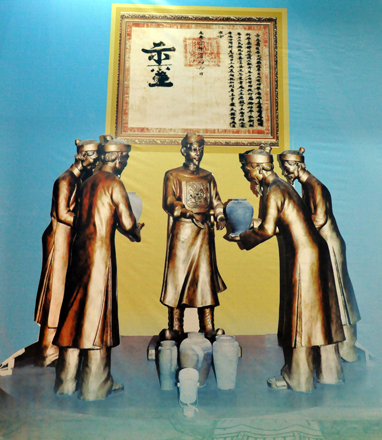A Sept 25 workshop sought to further recognize the founding role of Lord Nguyen Hoang (1525-1613) as the reclaimer of part of the central and southern regions.
The workshop, designed also to mark the 455th anniversary of when Nguyen Hoang left the northern region, began his political career and expanded the then country southwards (1558). The day also marked the 100th death anniversary of Lord Nguyen Hoang.
Prof. Phan Huy Le, chair of the Vietnam History Association, pointed out at the meeting that though the activities of Nguyen dynastry remains controversial, the workshop participants unanimously appreciated Nguyen Hoang’s merits in reclaiming untamed land and expanding the country.
However, he lamented that except for a treasured statue of him, Lord Nguyen Hoang’s vestiges have been completely wiped out with time, which makes re-creation particularly difficult.
Le stressed that the Lord absolutely deserves the recognition as the founder of the central Thuan – Quang area, which belonged to the Champa people then, and the southern region.
According to Phan Thanh Hai, director of the Hue Relic Preservation Center, Lord Nguyen Hoang also played a crucial role in choosing Hue as the heart of the Dang Trong (Inner) area and later as the country’s capital under the Nguyen dynasty (1802- 1945), Vietnam’s last monarchy reign, and the establishment of the treasured Hue cultural values.
Against the historical background of the Trinh – Nguyen war, in which the Trinh Lords and King Le, who played a nominal role in the north, vied for power with the Nguyen Lords in the south, Lord Nguyen Hoang is credited with building Hue’s hallmark Thien Mu pagoda in 1601. The pagoda is closely linked with the development of the area and the Nguyen dynasty.
Le urged that a temple and a festival be built and held in central Quang Tri province to pay tribute to the pioneering Lord.
Hai added that his center will apply for the UNESCO recognition of Nguyen Lords’ mausoleums along with several other edifices and landscapes.


















































